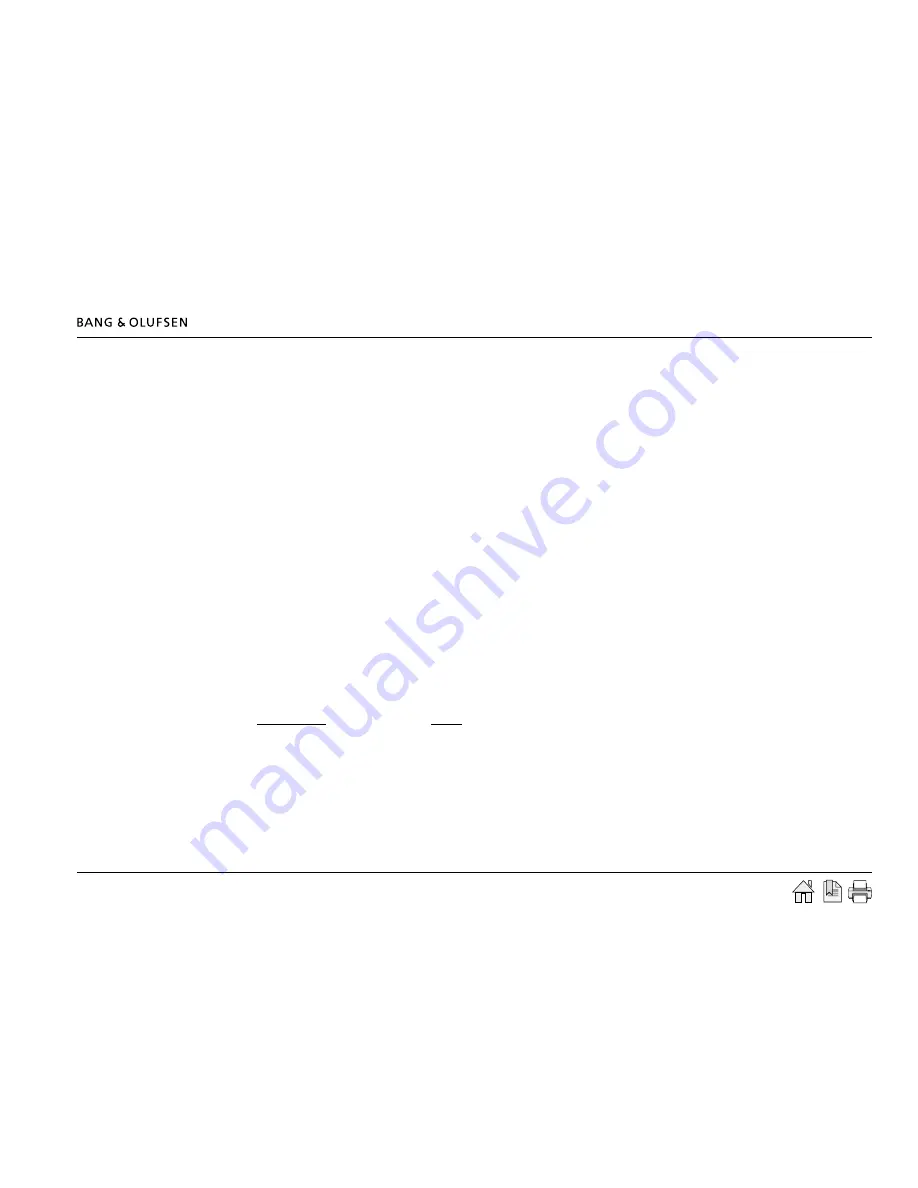
Supported devices 38
KNX / EIB
ML Gateway can interact with KNX systems by means of shared variables (group addresses). The KNX bus supported is twisted pair.
Connection to a KNX system
ML Gateway can connect to a KNX system by means of KNX data interfaces. The supported interfaces are:
- PEI type 10 (BCU2, with FT 1.2 protocol) over RS232 connection.
- IP tunneling over Ethernet connection.
PEI type 16 serial interfacing is not supported. PEI 10 bit rate is fixed at the default 19200 bps. The IP tunneling interface must provide bus monitor
mode.
! Note on IP tunelling: It is usually necessary to disconnect the ETS software from the IP tunelling interface before ML Gateway can connect to the
system. Also, after disconnecting ETS, the interface can take several minutes before it accepts a new connection from ML Gateway. The same
considerations apply when switching back to ETS.
Group addresses
All interactions between KNX and ML Gateway take place by means of group addresses. Group addresses have an associated datapoint type which
identifies the type of data it holds (e.g. boolean, signed integer, etc.). It is therefore necessary to define all the necessary group addresses required
for integration with ML Gateway. If this information is not readily available, the monitoring tools can be used to track for events.
KNX resources
On the resources definition screen, you must add all necessary group addresses. Group addresses have the form a/b/c (3 level address) or a/b (2
level). The default is the 3 level addresses, but both formats are accepted. Select one of the supported datapoint types for each group address:
Datapoint type
:
Range:
- Boolean
0 .. 1
- 1 Byte unsigned integer
0 .. 255
- 1 Byte signed integer
-128 .. 127
- 2 Bytes unsigned integer
0 .. 65535
- 2 Bytes signed integer
-32768 .. 32767
- 3 bit Controlled
0 .. 15
Boolean values are coded as 0 for FALSE and 1 for TRUE.
3-bit Controlled values are coded from 0 (corresponding to 0000b) to 15 (corresponding to 1111b).
Continues on the next page...






























